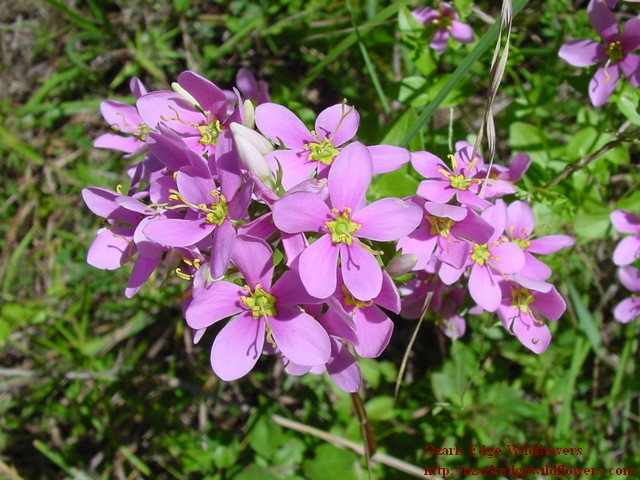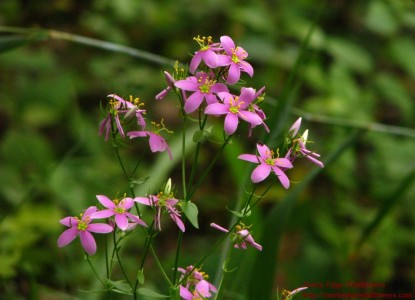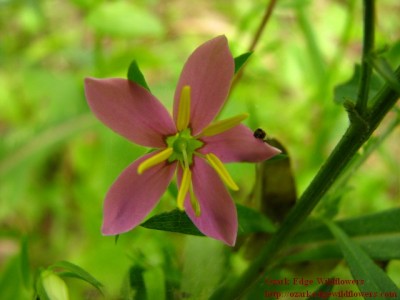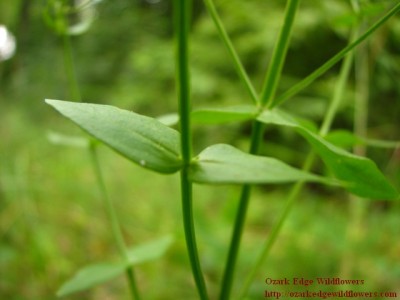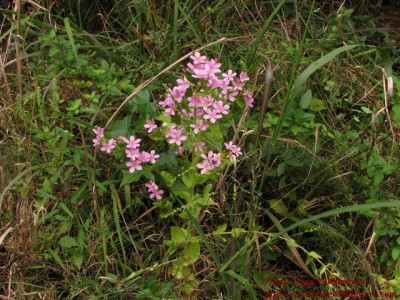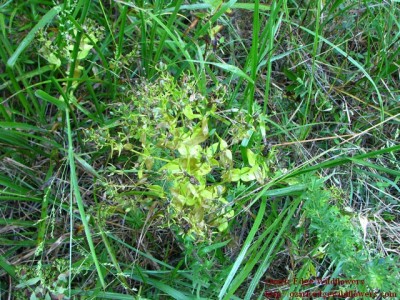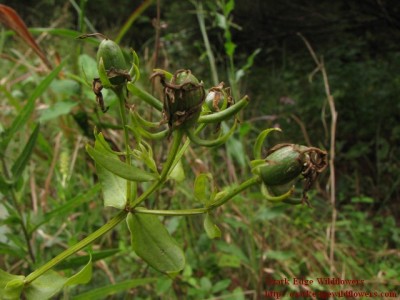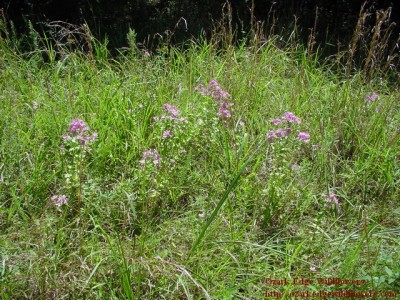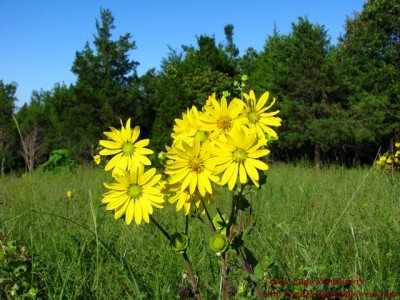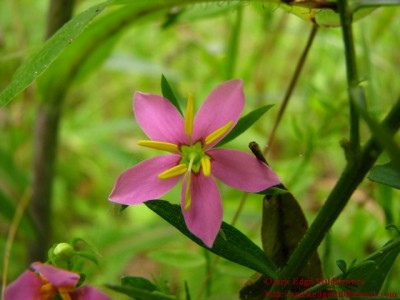This lovely plant is a bit of a mystery to me. My first sighting of Sabatia was of a small group on one of my horse trails. I fell in love with the bright pink flowers- each plant made it’s own bouquet. The following spring the Sabatia’s seemed to be blooming everywhere. How had I missed them all these years? Now I understand. Over the years, I’ve noticed a huge variation in the numbers of plants from year to year. Two years in a row (drought years), I could not find a single plant in bloom. Last year, I found just a few spotted here and there. I’m hoping for another banner year soon where I see them blooming everywhere. I’ll take some notes so I can learn more about the huge variation in blooms year to year.
Latin Name/Common Name- Sabatia angularis is one of the approximately 20 species in Gentianaceae family of flowering plants. Sabatia angularis, is named for Liberato Sabbati, an 18th Century Italian botanist. The term angularis, Latin for angular, refers to the angled stem. Among the many common names used in various parts of the country are Sabatia, Rose gentian, Rosepink, Rose Marsh, Bitter Clover, Eyebright, Red Centaury, American Centaury, Wild Succory and Bitterbloom. Sabatia is in the Gentianaceae family.
Dazzling sabatias in full bloom
Bloom Color- This dazzling display of pink, gold and magenta attracts the passing human eye as effectively as the full flower attracts bees for pollination. What makes them unique is the central lime-green star, outlined in magenta like nature’s eyeliner.
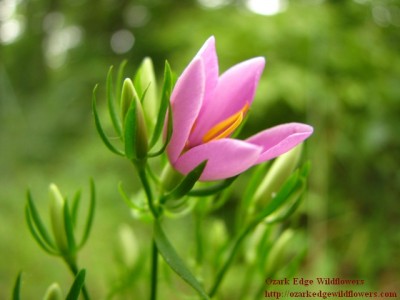
A sabatia just opening it’s flower
The central lime green star is outlined in magenta like nature’s eyeliner
Description- These pink beauties can grow upright to 3 ft tall on stout, square, smooth stems. Each plant has many branches that can bear a multitude of flowers. The opposite leaves are heart-shaped at the base. The flowers are very striking. Each has five pink petals with a vivid lime-green star at the base and bright yellow anthers. The flowers are hermaphrodite, having both male and female organs.
The fruit is a capsule containing many seeds.
The leaves occur in pairs, opposite one another on the smooth stem
Eye-catching sabatia with many blossoms
After blooming, the foliage is pale and seed pods appear
Close-up of the seed pods
Bloom Time- Sabatia angularis has a long bloom time. On Ozark Edge, I’ve found them blooming from June into September. The amount of blooms varies a lot from year to year, depending on the weather. In 2007 a drought left the sabatia blooms few and far between. But in 2009 plentiful rain on Ozark Edge allowed the sabatias to grow thick and flaunt their bright pink blossoms from June into September.
Habitat- On Ozarkedge, I find sabatia seem to prefer low, moist areas at the edges of rocky, open woods and in fields where they can find the sun. Sabatias grow in loose groups rather than tight clusters. If you find one, you will likely see more nearby. In the literature, Sabatia angularis is described variably as an annual, perennial or biennial. However, in 1971, J.D. Perry confirmed that it is a biennial plant. The seeds germinate in spring and develop a basal rosette that persists through winter and sends up blooms the next summer.
What’s Growing Nearby? When rose gentian occurs in a wet site, Juncus effusus may be a neighbor. On Ozark Edge, I’ve found Silphium integrifolium nearby.
Silphium integrifolium growing near the Sabatia
Endangered List- According to the USDA website, Sabatia angularis is on the endangered list in New York and threatened list in Michigan.
Interesting Tidbits- Historically, sabatias have been used as a bitter tonic (hence the common name-Bitterbloom). The leaf tonic was used for indigestion and convalescence from illness, as well as to increase appetite.
I saved seeds from the Sabatia on Ozarkedge this year and sowed them in flats in the fall. I covered with row cover and left outdoors all winter. I have to admit I was a bit surprised to see so many plants sprout from my endeavor. In fact, I’ve learned that I will need to sow them much more thinly in coming years because it is a lot of work to separate the seedlings when potting them up. I’ll let you know how they progress through the year.
